
A Brand New Look at the Best of RIPE Labs
• 7 min read
RIPE Labs has just gone through a big transformation into a better, brighter, more beautiful version of itself. To help get a feel for what's changed, we take a tour through some of your favourite articles from the past year or so so you can enjoy them all over again in their fresh new setting.


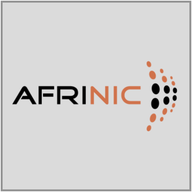
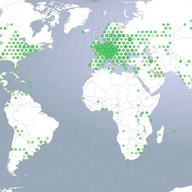
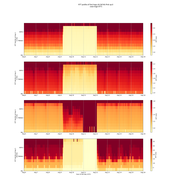
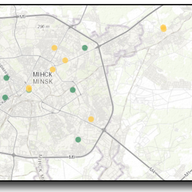

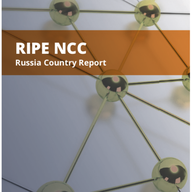
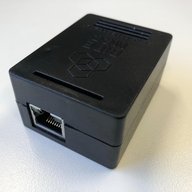
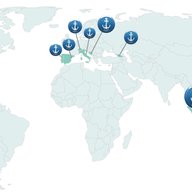
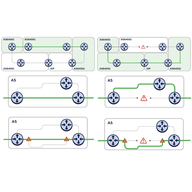

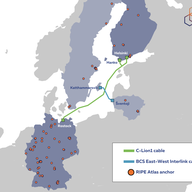
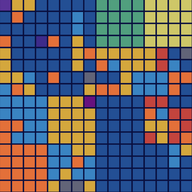

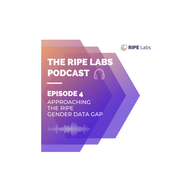

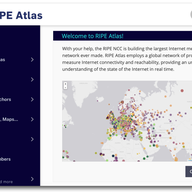



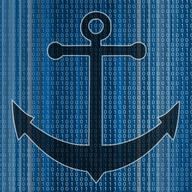

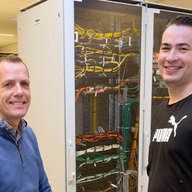

“where can i buy one?”
You can apply to host a RIPE Atlas probe for free. To do this, you first need to create a RIPE NCC Access account and fill in the application form. We'll then evaluate your request. To get started, visit: atlas.ripe.net/get-involved/become-a-host/
“The following anchors were deployed last year in Africa, I didn't see this on your map: gh-acc-as30997.anchors.atlas.ripe.net ng-los-as37495.anchors.atlas.ripe.net rw-kgl-as328014.anchors.atlas.ripe.net ug-kla-as37386.anchors.atlas.ripe.net”
The map only shows anchors that were added as part of the RIPE NCC's 2018 campaign to sponsor new anchors. Apologies for the confusion. I updated the article slightly to make this more clear.
“Very bad quality of Verbatim stick & probe firmware! Too many filesystem crash. And now one of two probe - stick is read only... i use my personal flash disk... Too bad for the equipment that I gave free shelter...”
Hi Vlad, We understand your frustration and we've been working hard to overcome the issues with RIPE Atlas probe USB sticks. As mentioned in the article, we recently launched a new firmware update that seems to have gone some way towards resolving the issue (more on this here: https://labs.ripe.net/Members/kistel/ripe-atlas-countering-hardware-issues-with-better-firmware). That said, we're aware that this is not a complete fix, and we really do appreciate the efforts you're making to keep your probes connected.
Thanks! We spotted that just now and it's been changed from 2017 to 2021 as you pointed out.
Showing 24 comment(s)